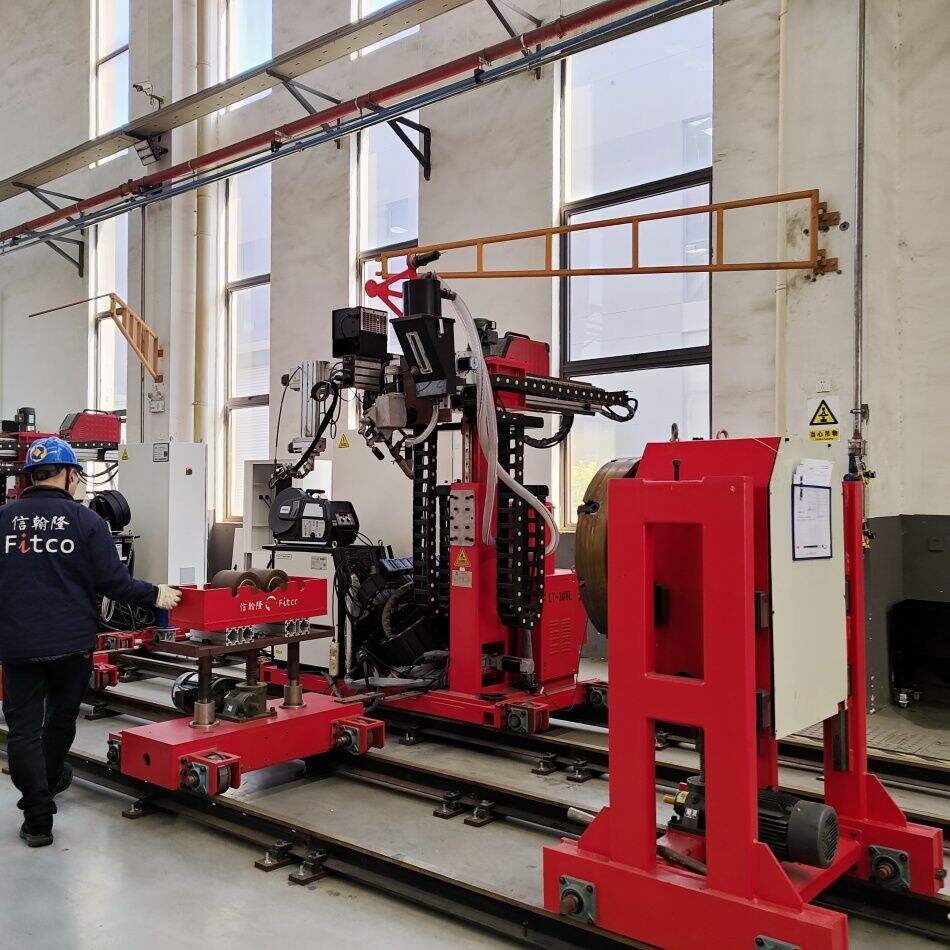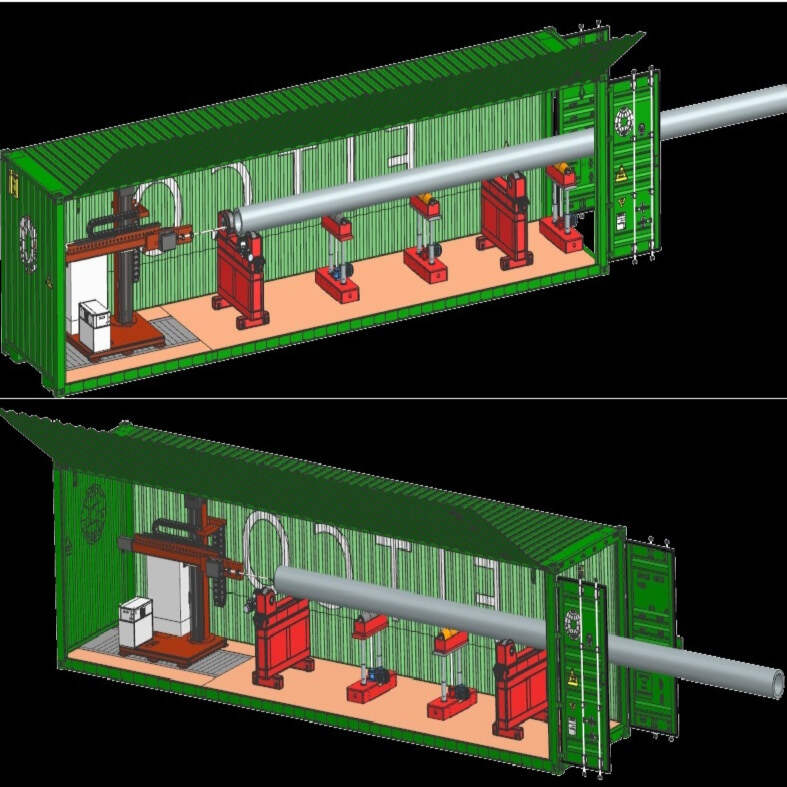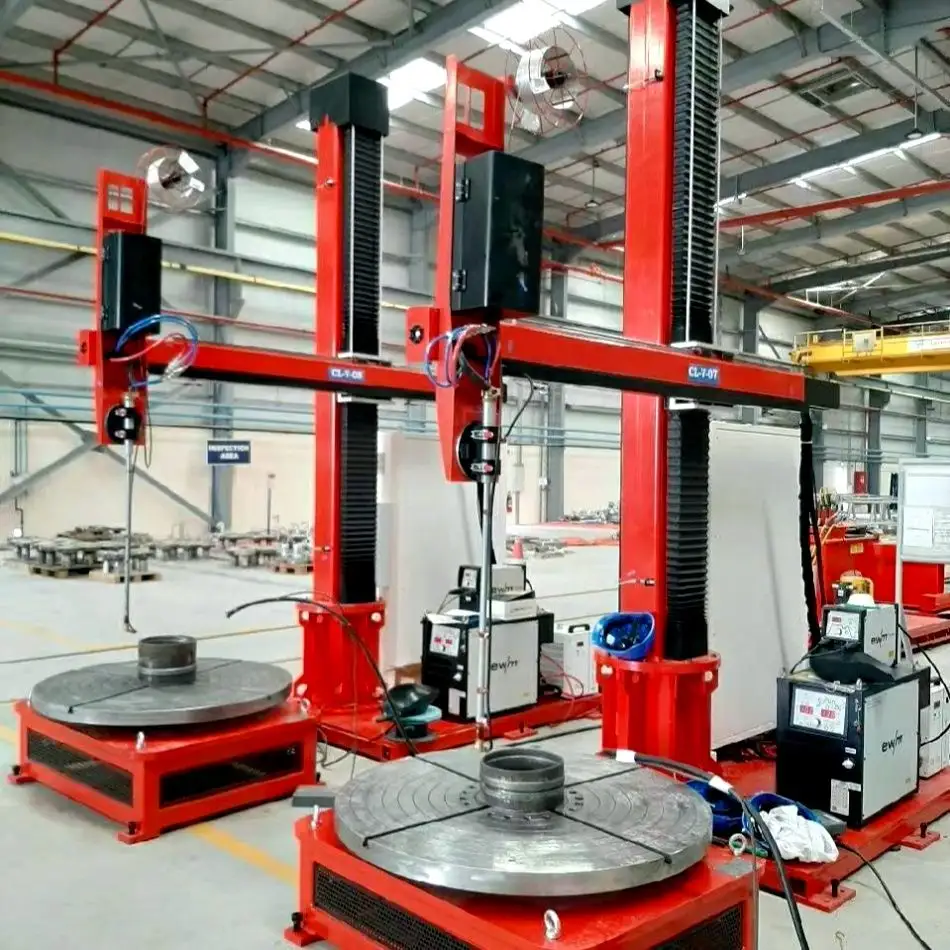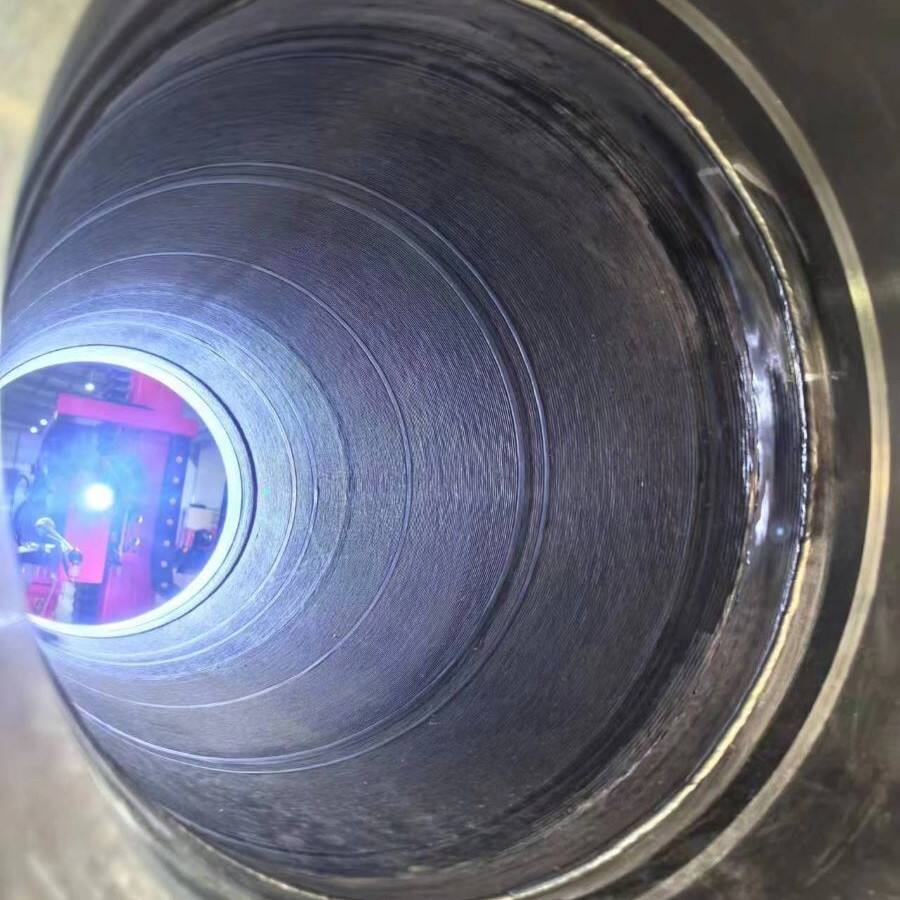ac dc tig
AC DC TIG welding equipment represents a versatile and advanced welding technology that combines both alternating current (AC) and direct current (DC) capabilities in a single machine. This sophisticated welding system offers operators the flexibility to work with various metals and thicknesses, making it an invaluable tool in both industrial and professional settings. The equipment utilizes a tungsten electrode to create the arc while providing separate shielding gas to protect the weld pool from atmospheric contamination. The AC function excels in welding aluminum and magnesium, effectively breaking down oxide layers, while the DC capability is perfect for working with steel, stainless steel, and other metals. Modern AC DC TIG welders typically feature microprocessor controls, allowing for precise adjustment of welding parameters, including pulse frequency, balance control, and arc force. These machines often incorporate advanced features such as high-frequency start, which enables non-contact arc initiation, and pulse width modulation for superior arc stability. The technology also includes thermal overload protection, digital displays for accurate parameter settings, and multiple memory channels for storing frequently used welding configurations.

 EN
EN
 AR
AR BG
BG HR
HR CS
CS DA
DA NL
NL FI
FI FR
FR DE
DE EL
EL HI
HI IT
IT JA
JA KO
KO NO
NO PL
PL PT
PT RO
RO RU
RU ES
ES SV
SV TL
TL IW
IW ID
ID LT
LT UK
UK SQ
SQ HU
HU TH
TH TR
TR FA
FA AF
AF CY
CY MK
MK LA
LA MN
MN KK
KK UZ
UZ KY
KY







